Officially known as the Argentine Republic, Argentina is the eighth-largest country in the world and home to a vast array of flora and fauna. Among its nine natural regions, the Iguazú Falls have even been named one of the Seven Natural Wonders of the World.
But beyond its modern-day natural beauty, Argentina—especially the southern region of Patagonia—was once home to many fascinating prehistoric creatures: dinosaurs. In this article, we’ll explore 30 dinosaurs discovered in Argentina, their scientific significance, and distinct characteristics that set them apart.
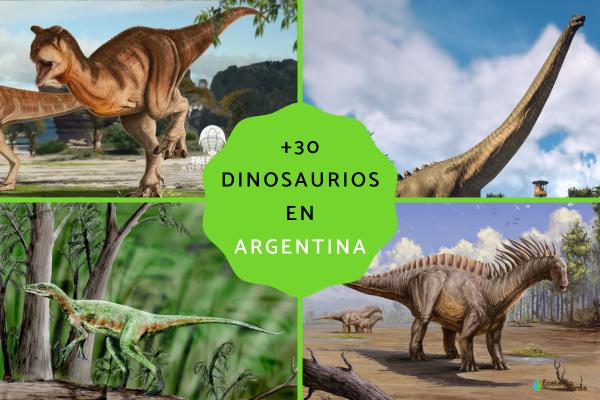
Discovered in Chubut Province, Patagotitan mayorum is the largest dinosaur ever unearthed. A member of the titanosaurian sauropods, this dinosaur lived around 101 million years ago, during the Cretaceous Period. It’s believed they lived in herds, as over 100 fossilized eggs were found in 2021.
Estimated length: Up to 40 meters (131 feet)
Estimated weight: 80 tons
Features: Small head, extremely long neck and tail
Museum display: A full reconstruction is housed in the Field Museum in Chicago, not in Argentina
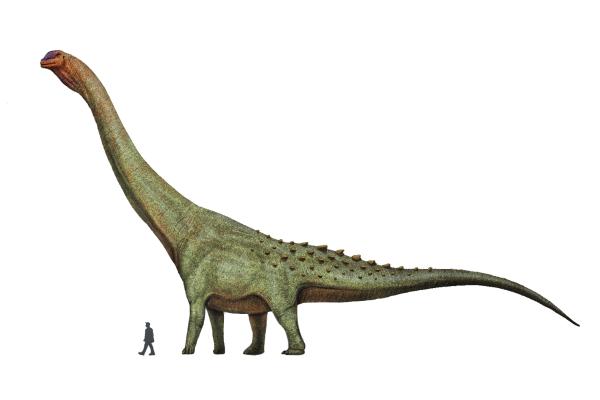
Known as “the lizard from Salta,” Saltasaurus is the only known species in its genus. This quadrupedal herbivore lived between 77 and 66 million years ago and weighed around 7 tons, with a length of 12 meters.
Unique traits: Small head, spoon-shaped teeth, short neck, bony armor-like plates for protection
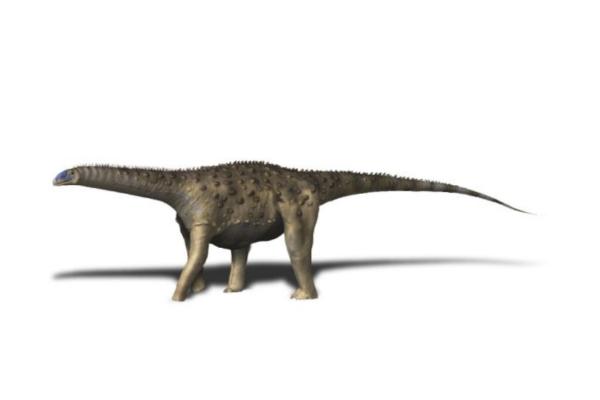
The name means “separated lizard.” A duck-billed herbivorous dinosaur, Kritosaurus lived about 73 million years ago.
Size: Around 10 meters long, weighing up to 4 tons
Notable features: Could walk on two or four legs, small head with a crown-like bump
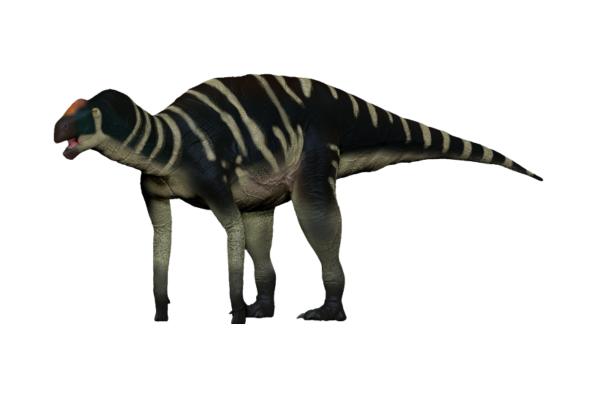
Known as the “meat-eating bull,” Carnotaurus is famous for the horns above its eyes. It lived 72 to 70 million years ago.
Size: 8–9 meters long, up to 2.1 tons
Features: Short forelimbs, strong legs, agile predator
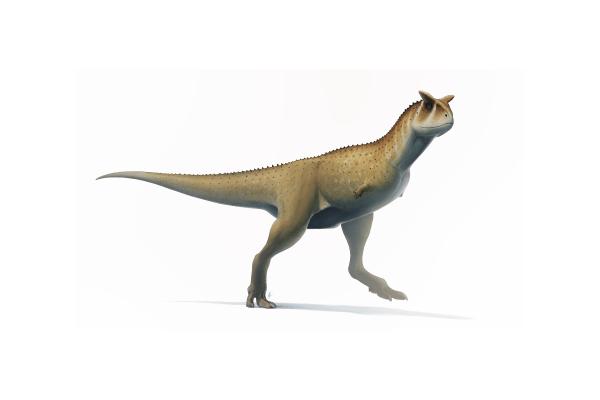
One of the earliest known predatory dinosaurs, Herrerasaurus lived approximately 231 million years ago.
Appearance: Long tail, small head, walked on two legs
Fossil display: Senckenberg Museum, Berlin
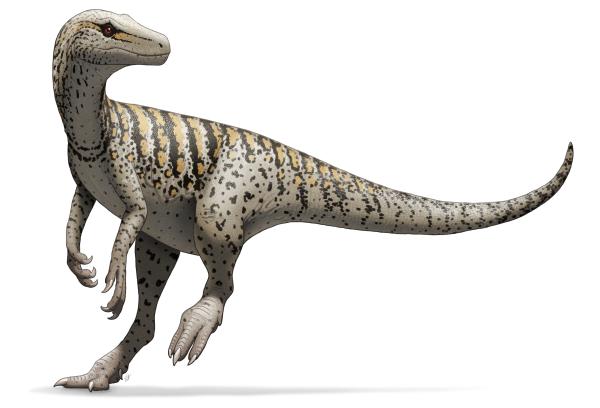
This medium-sized theropod lived about 165 million years ago. It had strong hind legs and short forelimbs, suggesting it was a fast runner.
Length: About 5 meters
Skull: Roughly 50 cm
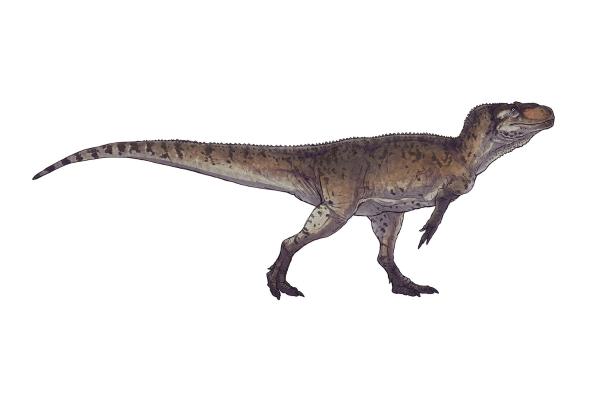
Nicknamed the “Patagonian lizard,” Patagosaurus lived 163 million years ago.
Length: Up to 18 meters
Weight: Nearly 8 tons
Body: Long neck and small head, unbalanced proportions
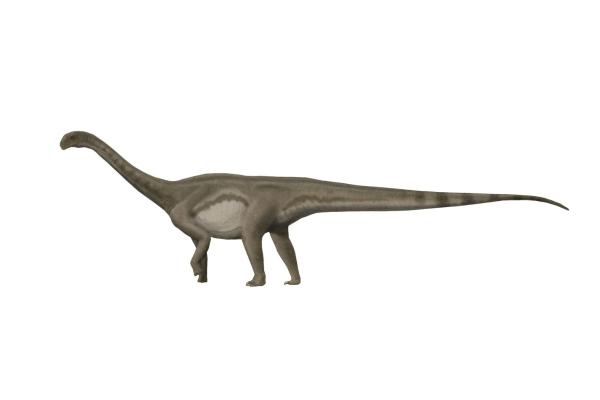
Known as “Argentina’s lizard from Plaza Huincul,” this titanosaur lived 97 million years ago and is considered one of the largest land animals ever.
Estimated size: 33 meters long, up to 67 tons
Habitat: Temperate or subtropical forests
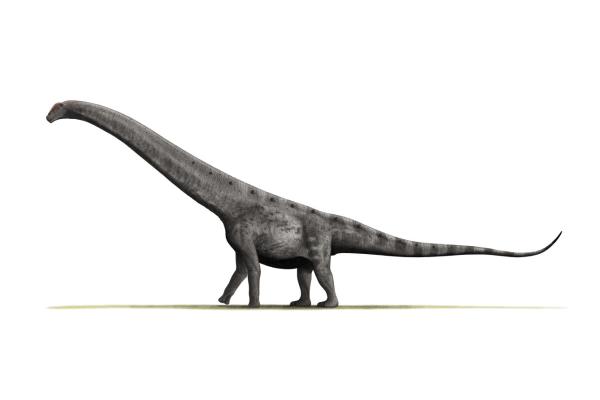
This predator lived nearly 100 million years ago and was one of the top predators of its time.
Length: 13 meters
Weight: 8 tons
Traits: Excellent sense of smell, large teeth for tearing prey
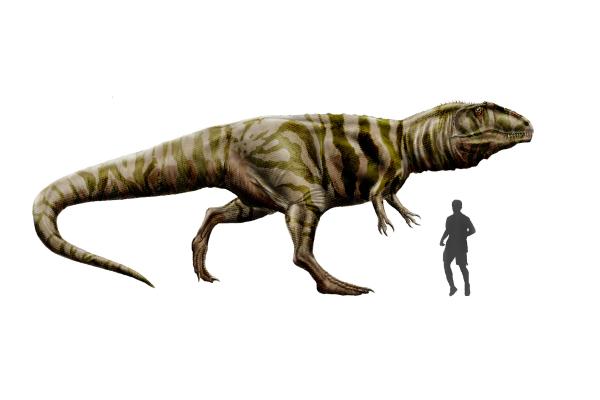
Meaning “dawn thief of the Valley of the Moon,” Eoraptor is one of the earliest known dinosaurs, living 231 million years ago.
Size: 1.3 meters tall, 10 kg
Features: Lightweight skull, four-fingered limbs, stiff tail for balance
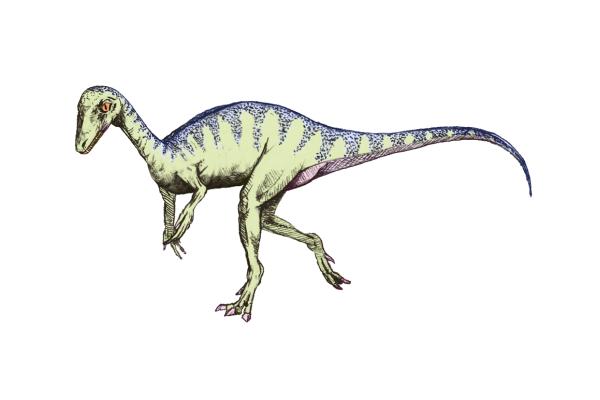
This small sauropod (9–10 meters long) lived 130 million years ago and is notable for the long spines running down its neck and back.
Diet: Herbivorous
Museum exhibit: Melbourne Museum, Australia
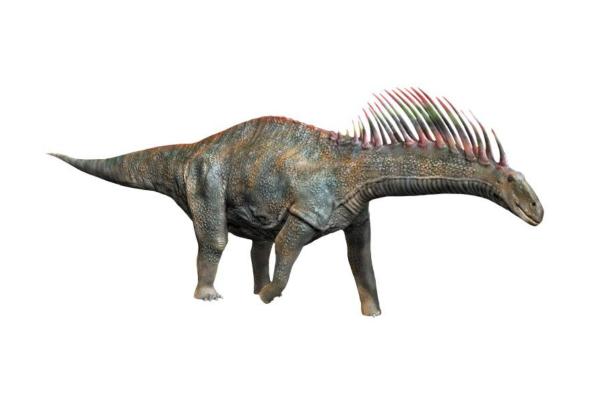
In addition to the species listed above, here are more dinosaurs discovered in Argentine territory:
Gasparinisaura cincosaltensis
Abelisaurus comahuensis
Kritosaurus australis
Epachtosaurus sciuttoi
Sarmientichnus scagliai
Mussaurus patagonicus
Riojasaurus incertus
Noasaurus leali
Patagonykus puertai
Pisanosaurus mertii
Zupaysaurus rougieri
Antarctosaurus wichmannianus
Panphagia protos
Adeopapposaurus mognai
Ligabueino andesi
Cathartesaura anaerobica
Rinconsaurus caudamirus
Aeolosaurus rionegrinus
Andesaurus delgadoi
Puertasaurus reuil
Chubutisaurus insignis
Notohypsilophodon comodorensis
If you're fascinated by Argentina’s dinosaur legacy, consider visiting these museums that showcase fossils and reconstructions:
Exhibits: Carnotaurus sastrei fossils, full skeleton of Patagosaurus fariasi
Home to many Carnotaurus fossil remains
Displays fossils of Argentinosaurus huinculensis and Giganotosaurus carolinii
Features fossils of Eoraptor lunensis
Sierra de las Quijadas National Park
Ischigualasto Provincial Park
Talampaya National Park
Sarmiento Petrified Forest
Dinosaur Geopark
Castro Barros Cultural Trail
If you enjoyed this article and want to explore more, check out our guide on How Many Dinosaur Species Existed or dive deeper into the world of Extinct Animals.
animal tags:
We created this article in conjunction with AI technology, then made sure it was fact-checked and edited by a Animals Top editor.